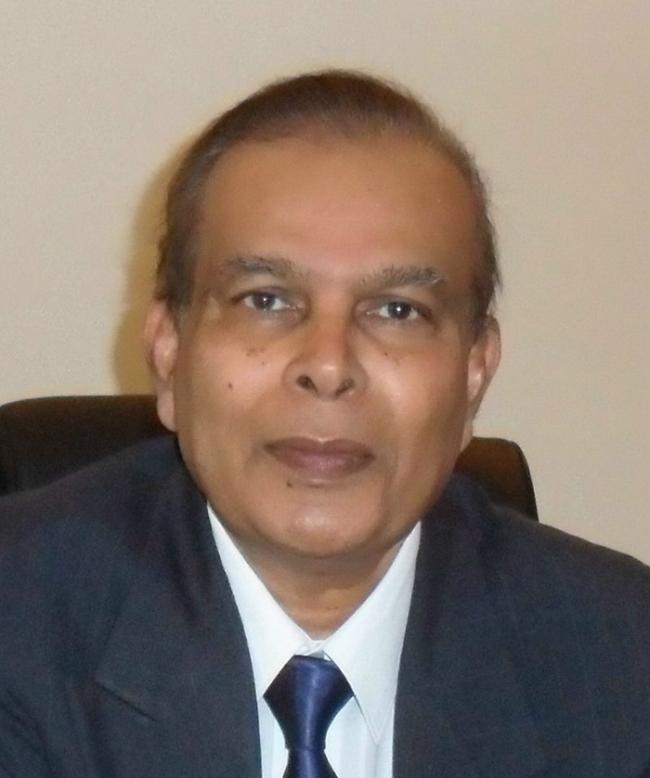Sifting through recent articles of Jagdeo’s ‘indiscretions’ over the last couple of decades, it dawned on me with perfect clarity the evolution and machinations of Jagdeo’s ‘Jagdeonomics’, and the seeming mess left behind for parliament to contend with.
Sifting through recent articles of Jagdeo’s ‘indiscretions’ over the last couple of decades, it dawned on me with perfect clarity the evolution and machinations of Jagdeo’s ‘Jagdeonomics’, and the seeming mess left behind for parliament to contend with. This I would like to share with my fellow Guyanese so that we can be collectively aware of the challenges we face as a developing nation.
When Jagdeo ascended to the presidency, he had already been involved in transforming Guyana’s economy into its present dilemma. Hoyte demitted Office with the economy on track to becoming a mainly capitalist society with the privatization of the state-owned corporations and the other attendant measures typical of a free market economy. Without a doubt, Guyana experienced strong growth as a result its return to free market economics, with the investment in Omai by Cambior being significant.
Under Hoyte Guyana was ‘open for business’, as he recognized that Guyana desperately needed international investment and international investor confidence to kick start the economy and bring it back on track. In short, (as is widely acknowledged) all the other measures adopted by Hoyte under the IMF’s Structural Adjustment Policies (SAP and its successors) in the reversion to free market economics were responsible for the strong growth achieved in the years subsequent to Hoyte’s exit from Office. (Admittedly, a number of these, the return to market exchange rates for example, which triggered the severe bouts of inflation in the nineties resulted in intense economic hardships for much of the population. Nevertheless, SIMAP had been established and it did its best to ameliorate the impact of the adjustment policies on the wider society.)
What happened when the PPP came into government was that it recognized the Guyana had been bound to the Structural Adjustment Framework policies agreed to with the IMF and realized that there was very little it could do without causing an international backlash on Guyana’s international financial partners.
While parroting capitalism to the international community and the public, the PPP privately clung to its socialist/communist dogma. The PPP did its best to control private sector investment, as evidenced from the poor numbers on international investment and the bureaucratic foot-dragging of GO-Invest. Instead of being an open channel for investment, GO-Invest became a bottleneck and a means of controlling/limiting foreign/private sector investment in Guyana.
Under socialism, private entrepreneurship and ownership is inimical to the wider society. And so Guyana continued for about a decade or so with poor investment from both local and foreign players, with the consequential return of comparatively poor economic growth in the late nineties to about the middle of the last decade.
As a socialist economist Jagdeo recognized that there was nothing to be done about the private sector he literally grew up with, so he sought to control it and bend it to accomplish his grand ideas. The privatization process, which removed production from state control, inimical to Jagdeo’s socialist economics, turned out to be a blessing in disguise for him, since with the creation of NICIL, the money from the sale of all of the state public companies and other assets fell under his control. He surely must have been gleeful about the entire affair, since through Brassington, his perfect stamp, he waved his hand and did whatever he cared with the state’s, and taxpayers’ money. Of course, this was all ‘for the good of the country’ (Jagdeonomics). The Low Carbon Development Strategy was a fine idea indeed? In fact it was a masterpiece in economics aimed at getting foreign finance while strangling private sector initiative in the background. The gentleman was nevertheless rightly credited with at least one honor doctorate for his efforts.
Jagdeo had transformed himself into a true autocrat, with complete authority of Guyana’s economic and judicial framework. While there was a law and economics for the general population, there was also Jagdeo’s law and Jagdeo’s economics which superseded everything else. This was characterized by the pardoned atrocities of some of his notorious acolytes, who remain above the law, and on the other hand, men who require no identification, who own businesses across various sectors of the economy.
This is the true exercise of Jagdeo’s authority over Guyana. He has established powerful economic players with strong financial relationships and his (and our) more embarrassing public officials are above the law.
It is in this context we need to acknowledge the magnitude, dimension and partiality of Jagdeo’s authority and power across Guyana’s judiciary and economy, and recognize that his machinations and ideas are inimical to real prosperity for ALL Guyanese, but in fact channel the wealth into the hands of his select few.





